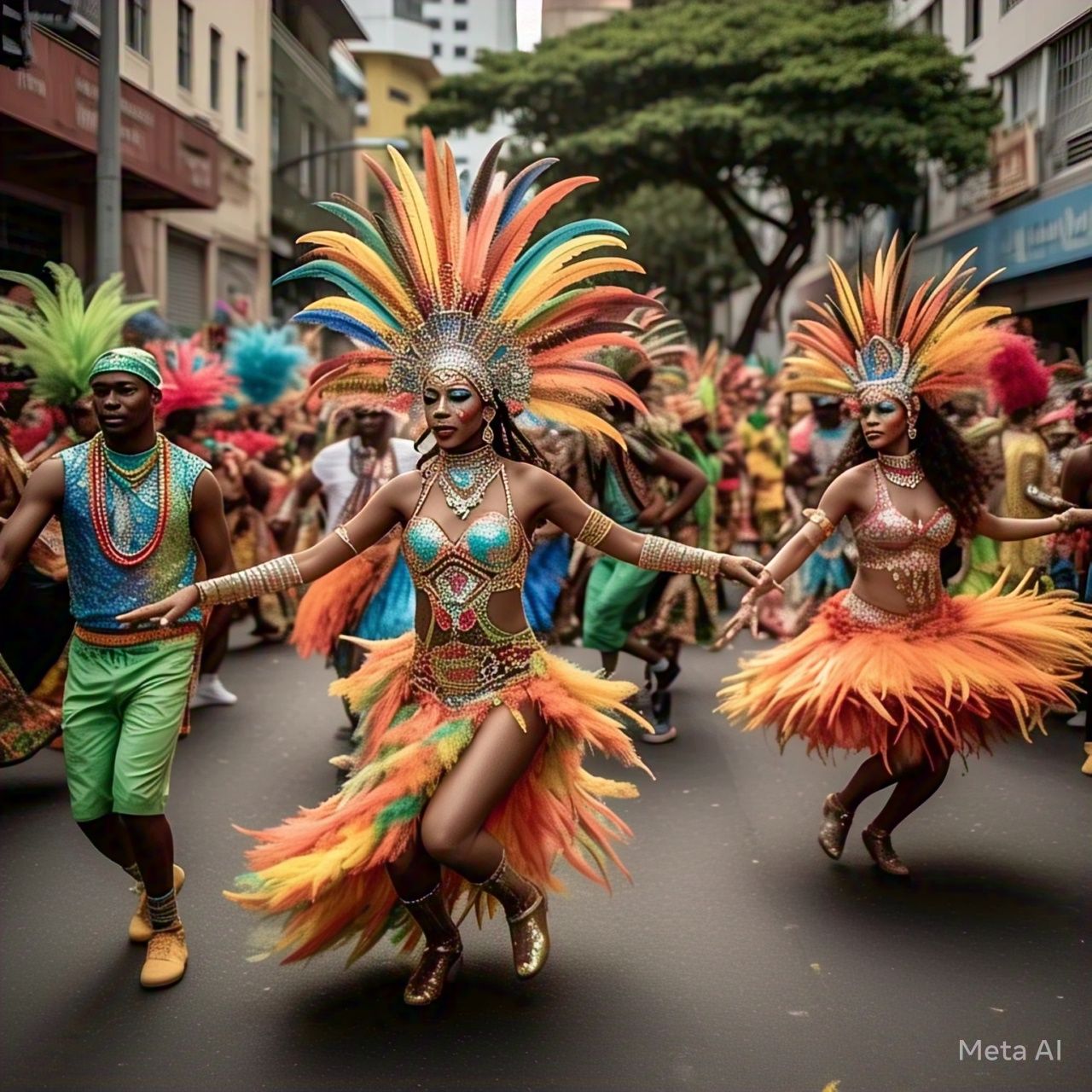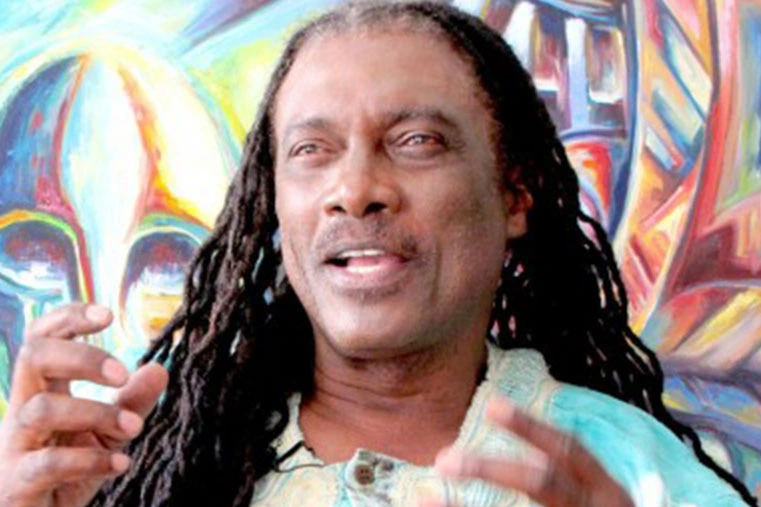If you’ve ever been to a Caribbean Carnival whether in Trinidad, Brooklyn, or London. You know the feeling. The air is electric, the streets are alive with color, and the pulsating rhythms of Soca music compel even the most reluctant dancers to move. Soca, the high-energy genre born in Trinidad and Tobago, has long been the soundtrack of Carnival. But in recent years, it has broken free from its island roots, becoming a global phenomenon that’s impossible to ignore.
Soca, a fusion of soul and calypso, was pioneered in the 1970s by the legendary Lord Shorty (later known as Ras Shorty I). His vision was to create a sound that would modernize calypso and keep it relevant for younger generations. Little did he know that his experiment would evolve into a genre that now dominates festivals, charts, and playlists worldwide.
The Sound of Freedom
At its core, soca is about liberation. Its infectious beats, call-and-response chants, and lyrics celebrating life, love, and freedom are designed to make you move. Songs like Arrow’s “Hot Hot Hot” and Super Blue’s “Get Something and Wave” became anthems of joy, spreading the spirit of Carnival far beyond the Caribbean.
But soca is more than just party music. It’s a cultural expression, a way for Caribbean people to celebrate their heritage and resilience. In a world that often marginalizes their voices, soca offers a platform for empowerment and pride.
The Global Takeover
In the past decade, soca has exploded onto the global stage. Artists like Machel Montano, Bunji Garlin, and Destra Garcia have become household names, not just in the Caribbean but in cities like New York, Toronto, and London, where large diasporas have kept the culture alive.
Machel Montano, often referred to as the “King of Soca,” has been instrumental in pushing the genre forward. With hits like “Happiest Man Alive” and “Party Done,” Montano has collaborated with international stars like Major Lazer, Ariana Grande, and Pitbull, bringing soca to mainstream audiences. His high-energy performances and innovative sound have redefined what soca can be, blending traditional elements with EDM, hip-hop, and pop.
Bunji Garlin, another trailblazer, has taken soca to new heights with his rapid-fire lyrics and genre-defying collaborations. His wife, Fay-Ann Lyons, is a powerhouse in her own right, known for her anthems and dynamic stage presence. Together, they’ve become ambassadors for the genre, spreading its message of unity and joy.
The Role of Carnival
Carnival remains the beating heart of soca. Every year, millions of people flock to Trinidad and Tobago’s Carnival, the largest and most iconic in the Caribbean. But the spirit of Carnival has spread far beyond the islands. Events like Notting Hill Carnival in London, Caribana in Toronto, and Labor Day Carnival in Brooklyn have become global celebrations of Caribbean culture, with soca as their soundtrack.
These festivals have played a crucial role in soca’s rise, providing a platform for artists to showcase their talent and connect with fans. They’ve also introduced the genre to new audiences, many of whom are drawn to its infectious energy and positive vibes.
The Digital Revolution
The internet and social media have been game-changers for soca. Platforms like YouTube, Spotify, and TikTok have made it easier than ever for artists to share their music with the world. Songs like Skinny Fabulous’ “Famalay” and Kes’ “Hello” have gone viral, racking up millions of streams and introducing soca to a new generation of listeners.
TikTok, in particular, has become a powerful tool for soca artists. Dance challenges set to soca tracks have taken the app by storm, with users from all over the world showing off their moves. This digital exposure has helped soca break into markets that were once out of reach, proving that the genre’s appeal is universal.
The Challenges Ahead
Despite its global success, soca still faces challenges. The genre often struggles to gain recognition outside of Carnival season, with many viewing it as “seasonal music.” There’s also the issue of funding and resources, as many soca artists rely on live performances and festivals to make a living.
But perhaps the biggest challenge is staying true to its roots while evolving with the times. As soca becomes more global, there’s a risk of losing its cultural authenticity. Artists must navigate the fine line between innovation and tradition, ensuring that the genre remains rooted in its Caribbean heritage.
The Future of Soca
The future of soca is bright. With a new generation of artists like Nailah Blackman, Voice, and Patrice Roberts pushing the genre forward, soca is poised for even greater success. These young stars are blending traditional soca with elements of Afrobeats, reggaeton, and dancehall, creating a sound that’s fresh yet familiar.
Collaborations with international artists are also on the rise, further expanding soca’s reach. Whether it’s Machel Montano teaming up with Afrobeat star Burna Boy or Kes collaborating with Nicki Minaj, these partnerships are introducing soca to new audiences and breaking down cultural barriers.
As soca continues to rise, one thing is clear: its message of joy, freedom, and unity is more relevant than ever. In a world that often feels divided, soca reminds us of the power of music to bring people together.
So, the next time you hear the pulsating beat of a soca track, don’t resist. Let the rhythm take over, and join the global movement that’s proving, once and for all, that soca is here to stay.
As the late, great Ras Shorty I once said, “Soca is the soul of calypso.” And in 2025, that soul is alive, well, and taking over the world.



